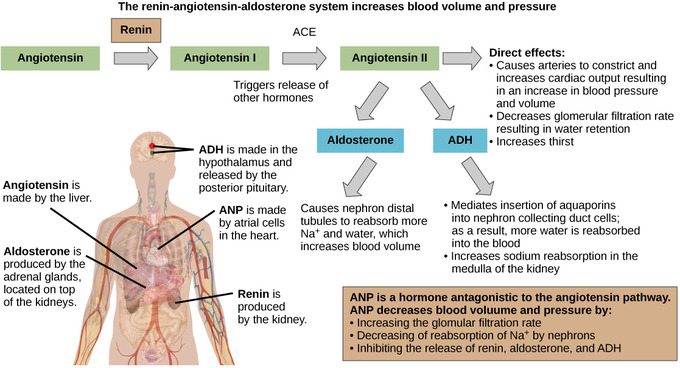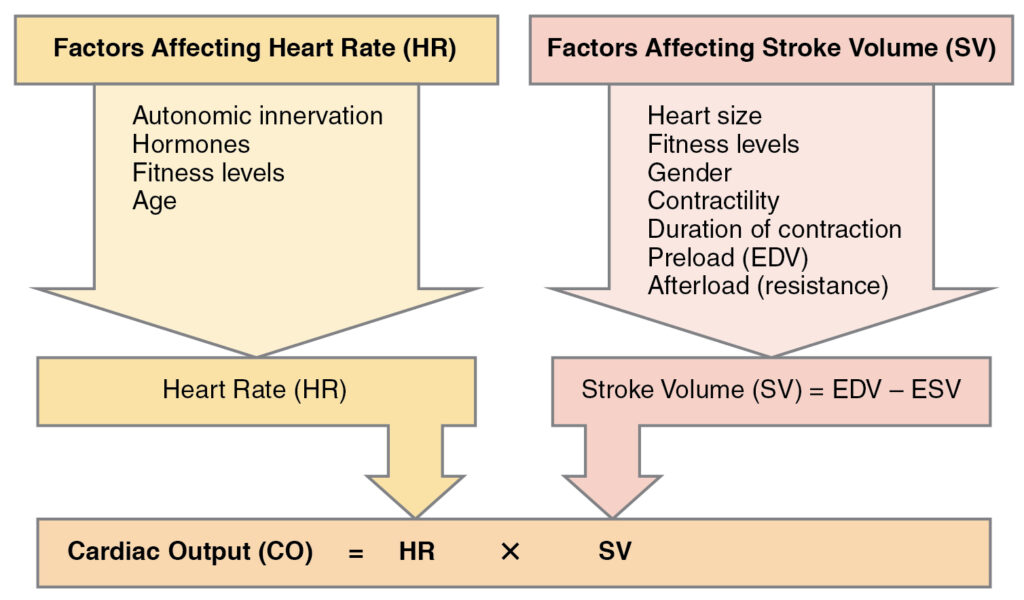Hypotension, commonly referred to as low blood pressure, is a condition where the force of blood against the walls of arteries is lower than normal. While many people associate high blood pressure with health risks, low blood pressure can also lead to significant complications if not managed properly. Understanding its causes, recognizing its symptoms, and learning how to manage it effectively are essential steps in maintaining overall well-being.

What is Low Blood Pressure?
Blood pressure is measured using two numbers: systolic pressure (the top number) and diastolic pressure (the bottom number). A reading of 90/60 mmHg or lower is generally considered low blood pressure. For some individuals, such as athletes or those who are naturally healthy, low blood pressure may not cause any issues. However, for others, it can lead to dizziness, fainting, or even more serious complications.
How Does Blood Pressure Work?
Blood pressure is the force exerted by circulating blood on the walls of blood vessels. It is crucial for delivering oxygen and nutrients to tissues throughout the body. When blood pressure drops too low, the body’s organs and tissues may not receive enough blood flow, leading to potential health problems.
Common Causes of Low Blood Pressure
Low blood pressure can result from a variety of factors, ranging from temporary conditions to chronic health issues. Below are some of the most common causes:
Dehydration
When the body loses more water than it takes in, blood volume decreases, which can lead to a drop in blood pressure. Dehydration can occur due to excessive sweating, vomiting, diarrhea, or insufficient fluid intake.
Prolonged Bed Rest
Staying in bed for extended periods, such as during recovery from surgery or illness, can cause blood pressure to drop. This happens because the body becomes accustomed to reduced physical activity, affecting circulation.
Pregnancy
During pregnancy, the circulatory system expands rapidly, which can cause blood pressure to decrease. This is usually temporary and resolves after childbirth.
Heart Problems
Certain heart conditions, such as heart failure, heart attack, or problems with heart valves, can impair the heart’s ability to pump blood effectively, leading to low blood pressure.
Endocrine Disorders
Conditions like thyroid disorders, adrenal insufficiency, or low blood sugar levels can disrupt the body’s hormonal balance, contributing to low blood pressure.
Blood Loss
Significant blood loss, whether due to injury or internal bleeding, reduces the volume of blood in the body, causing a sudden drop in blood pressure.
Allergic Reactions
Severe allergic reactions, also known as anaphylaxis, can cause a rapid and dangerous drop in blood pressure. This requires immediate medical attention.
Symptoms of Low Blood Pressure
The symptoms of low blood pressure can vary depending on the severity and underlying cause. Some people may experience mild discomfort, while others may face life-threatening complications. Common symptoms include:
- Dizziness or lightheadedness
- Fainting or near-fainting episodes
- Blurred vision
- Nausea
- Fatigue
- Rapid or shallow breathing
- Cold, clammy skin
- Confusion or difficulty concentrating
- Depression or anxiety
When to Seek Medical Attention
If you experience severe symptoms such as fainting, confusion, or chest pain, it is important to seek medical help immediately. These could be signs of a more serious underlying condition that requires prompt treatment.
Management and Treatment of Low Blood Pressure
Managing low blood pressure often involves addressing the underlying cause and making lifestyle adjustments. In some cases, medication may be necessary. Below are some strategies for managing low blood pressure effectively:
Increase Salt Intake
While excessive salt consumption is discouraged for those with high blood pressure, increasing salt intake slightly can help raise blood pressure for individuals with hypotension. However, this should only be done under the guidance of a healthcare provider.
Stay Hydrated
Drinking plenty of fluids helps maintain adequate blood volume, preventing dehydration-related drops in blood pressure. Water and electrolyte-rich drinks are particularly beneficial.
Eat Smaller, More Frequent Meals
Large meals can cause blood pressure to drop temporarily, especially in older adults. Eating smaller, more frequent meals can help stabilize blood pressure levels throughout the day.
Avoid Alcohol
Alcohol can contribute to dehydration and lower blood pressure. Limiting or avoiding alcohol consumption can help maintain stable blood pressure levels.
Wear Compression Stockings
Compression stockings are designed to improve blood flow in the legs, reducing the pooling of blood in the lower extremities. This can help prevent sudden drops in blood pressure upon standing.
Elevate the Head of Your Bed
Raising the head of your bed slightly can reduce nighttime drops in blood pressure and improve circulation upon waking.
Exercise Regularly
Regular physical activity strengthens the heart and improves circulation, helping to regulate blood pressure. Activities such as walking, swimming, or cycling are excellent choices.
Medications
In some cases, medications may be prescribed to treat low blood pressure. These may include drugs that increase blood volume or constrict blood vessels to raise blood pressure levels.
Lifestyle Adjustments for Long-Term Management
Making certain lifestyle changes can significantly improve blood pressure levels and overall health. Consider the following tips:
Maintain a Balanced Diet
Eating a diet rich in fruits, vegetables, whole grains, lean proteins, and healthy fats provides the nutrients needed to support cardiovascular health.
Monitor Your Blood Pressure
Regularly monitoring your blood pressure at home can help you identify patterns and alert you to any significant changes. Share this information with your healthcare provider for better management.
Manage Stress
Chronic stress can negatively impact blood pressure. Practicing relaxation techniques such as deep breathing, meditation, or yoga can help reduce stress levels.
Get Enough Sleep
Poor sleep quality or insufficient sleep can affect blood pressure regulation. Aim for seven to nine hours of quality sleep each night to support overall health.
Special Considerations for Certain Populations
Some groups of people are more prone to experiencing low blood pressure and may require tailored approaches to management.
Older Adults
As people age, their risk of developing low blood pressure increases. This is often due to changes in the cardiovascular system or the use of medications that lower blood pressure.
Pregnant Women
Pregnancy-related low blood pressure typically resolves after delivery. However, pregnant women should monitor their symptoms closely and consult their healthcare provider if they experience severe symptoms.
Individuals with Chronic Illnesses
People with conditions like diabetes, Parkinson’s disease, or chronic fatigue syndrome may experience fluctuations in blood pressure. Managing these conditions effectively can help stabilize blood pressure levels.
Final Thoughts on Managing Low Blood Pressure
Low blood pressure is a manageable condition with the right approach. By understanding its causes, recognizing its symptoms, and implementing effective management strategies, individuals can minimize its impact on their daily lives. Always consult with a healthcare provider to develop a personalized plan that addresses your specific needs and ensures optimal health outcomes.





